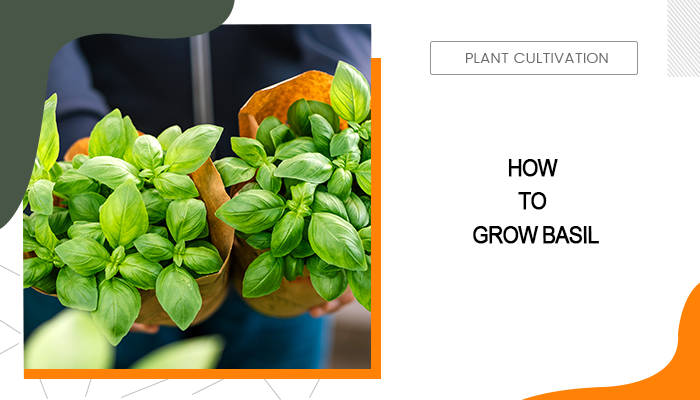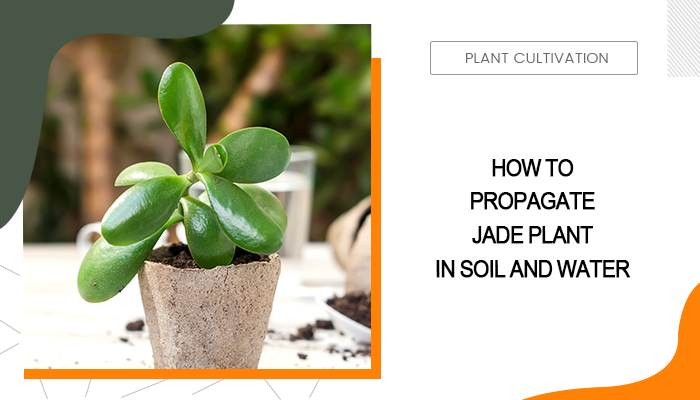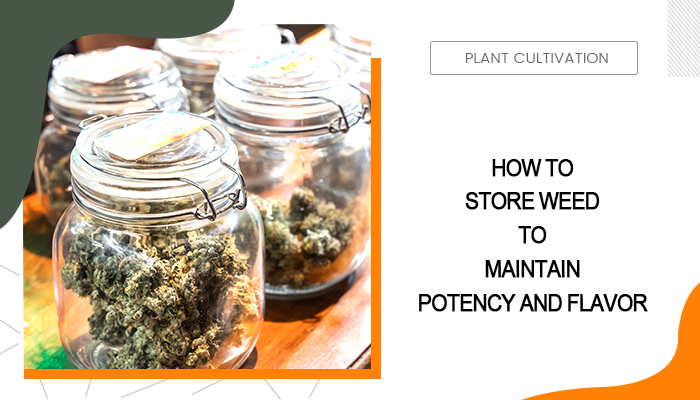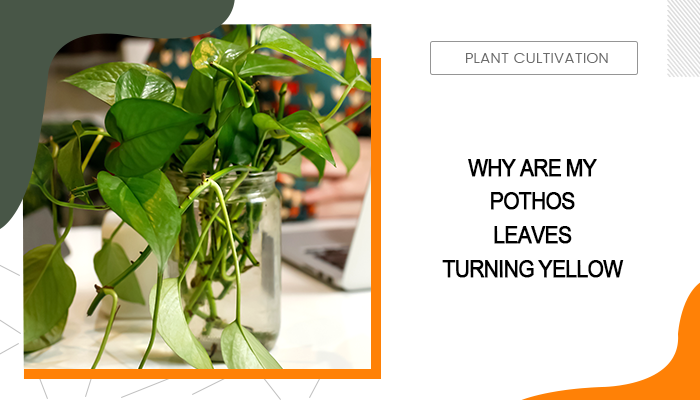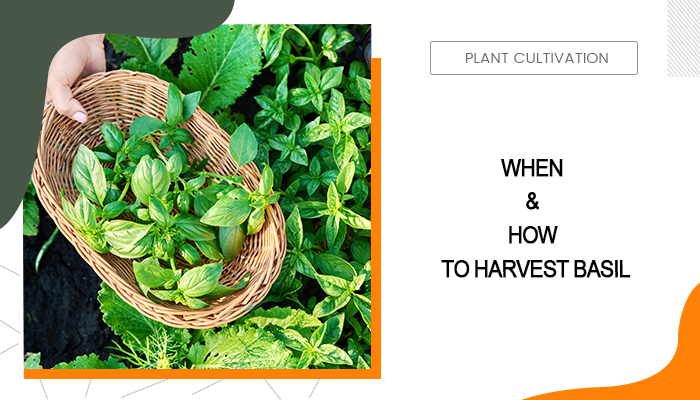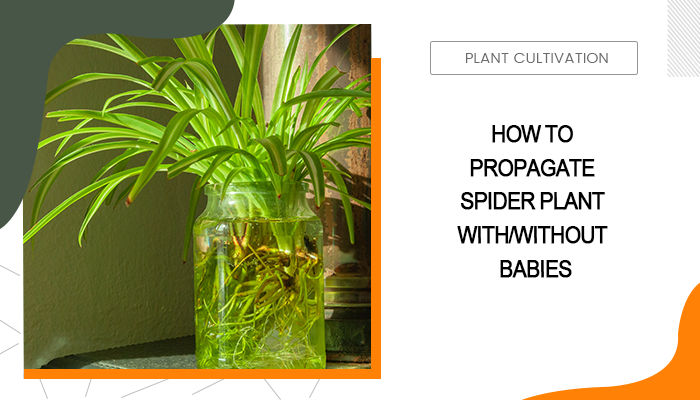An Ultimate Guide to Growing Hydro Weed
So, you've heard about hydro weed or hydroponic weed, right? Maybe you're curious about how it's different from traditional soil-grown cannabis, or you've been long impressed by its high efficiency and potency and can’t wait to experience that yourself. Either way, you've come to the right place. In this guide, we'll take you into the world of hydro weed, exploring what it is, its pros and cons (particularly when it’s compared to soil cultivation), types of hydroponic weed, and how you can get started.
What is Hydroponic Weed

Hydroponic weed refers to cannabis that is grown using a soilless cultivation method known as hydroponics. In a hydroponic system, the roots of the cannabis plants are suspended in a water-based nutrient solution that provides all the essential minerals and elements the plants need.
The key components of a hydroponic setup typically include:
- Grow Medium: While soil is not used, a substitute medium like rock wool, clay pellets, or coco coir is often employed to support the plants.
- Nutrient Solution: This is a water-based solution enriched with essential nutrients that the weed plants need to grow.
- Water and Air Supply: Proper oxygenation of the roots is crucial, which is why air pumps or bubblers are often used to ensure roots receive enough oxygen.
- Light: Grow lights are used to simulate sunlight, providing the energy plants need for photosynthesis.
Hydro Weed vs Soil: Pros and Cons
Though hydroponics weed has a shorter history than soil-grown cannabis, its popularity has surged in recent years due to its high efficiency and sustainability. How does hydro weed benefit the whole cannabis cultivation process? On the flip side, are there any considerations? Let’s check the pros and cons of hydroponic weed, particularly when it’s compared to soil cultivation.
Advantages of Hydroponic Weed
- Faster Growth Rates: Hydroponic systems deliver nutrients directly to the plant roots, resulting in quicker growth, especially in the vegetative stage, and shorter cannabis life cycles compared to soil-grown plants.
- Higher Yields: Studies have shown that hydroponic systems can produce yields up to 30-50% higher than traditional soil-based farming. For example, a study conducted by the University of Arizona found that lettuce grown hydroponically yielded approximately 11 ounces per plant compared to 7 ounces per plant grown in soil under similar conditions.
- Better Nutrient Control: Growers can precisely control nutrient levels, PPM, and pH, ensuring plants get exactly what they need, say, nitrogen, phosphorus, potassium, calcium, magnesium, etc. Therefore, hydro weed tends to be more potent with higher THC levels.
- Efficient Water Use: Hydroponic systems use less water than soil-based growing because the water is recirculated and reused, making them more sustainable. On average, hydroponic systems use up to 90% less water.
- Reduced Risk of Pests and Diseases: Since there's no soil, the risk of soil-borne pests and diseases is minimized, which means you can have healthier plants.

Considerations:
- Complex Setup and Higher Initial Costs: Setting up a hydroponic system requires more preparation and equipment compared to growing in soil. You need to provide a controlled environment and constantly monitor nutrient levels, pH, and other factors, which can be time-consuming and complex. The budget is another factor to consider.
- Risk of Root Rot: Hydroponic plants are more susceptible to root rot if not properly managed. Without the natural buffers found in soil, maintaining healthy roots requires careful attention to water quality and the use of supplements to introduce beneficial bacteria.
- Less Natural Aroma: Buds grown hydroponically may lack the complex or strong aroma that soil-grown buds can have, especially those grown in composted living soil without liquid nutrients. The natural soil environment can contribute to richer terpene profiles, enhancing the weed smell and flavor.
- Steeper Learning Curve: Growing in soil is often more intuitive and familiar to many people, especially those with prior gardening experience. The learning curve for hydroponics can be steeper, requiring a better understanding of plant biology and hydroponic techniques.
- Huge Dependence on Electricity: Hydroponic systems are heavily reliant on electricity to run pumps, lights, and other equipment, which can be a disadvantage in case of power outages.
Different Techniques of Hydroponic Systems
Hydroponic systems, though sound like there’s only one general ‘system’, actually have multiple hydroponic techniques. You can find weed-growing hydroponic systems by different companies in the market applying various techniques, including:
Deep Water Culture (DWC)
DWC (Deep Water Culture) is definitely the most common hydroponic technique. In DWC, plants are suspended in a nutrient-rich water solution, allowing their roots to grow directly into the water. This system provides continuous access to nutrients and oxygen. An air pump is used to oxygenate the water, ensuring the roots don't drown. This method promotes rapid growth due to the direct access to nutrient-rich water and oxygen. However, you have to watch out for the water temperature and oxygen levels to prevent root rot and other issues.

Nutrient Film Technique (NFT)
The Nutrient Film Technique is another popular way. It involves a thin film of nutrient solution flowing over the plant roots. The roots are suspended in a shallow stream of nutrient-rich water, which flows continuously through channels. This method ensures that the roots have constant access to nutrients and oxygen from the air.
NFT systems are efficient and use less water and nutrients, but they require precise maintenance to prevent pump failures or nutrient imbalances, which can quickly affect plant health.
Ebb and Flow (Flood and Drain)
In the Ebb and Flow system, plants are periodically flooded with a nutrient solution and then drained. This cycle allows the roots to absorb nutrients and then get exposed to oxygen as the water drains away. The flooding cycle is controlled by a timer, ensuring consistent nutrient delivery and oxygenation. This method is versatile and can accommodate a wide variety of plants. However, it requires regular monitoring to ensure the timing of floods and drains is optimal for plant health.
Aeroponics
Aeroponics involves suspending plants in the air and misting their roots with a nutrient solution. This system delivers nutrients directly to the roots in the form of a fine mist, allowing for maximum oxygen exposure and nutrient absorption. Aeroponics systems can produce rapid growth rates and high yields. They are efficient in water and nutrient use but require precise control of the misting intervals and nutrient concentration. Additionally, aeroponic systems are more prone to technical failures and require diligent maintenance.
Drip Systems
In Drip Systems, a nutrient solution is dripped onto the base of each plant, providing a steady supply of nutrients. This method allows for precise control over nutrient delivery, making it easy to adjust for the needs of individual plants. The excess nutrient solution can be collected and recirculated, reducing waste.
Drip systems are versatile and can be used for a variety of plants, but they require regular maintenance to prevent clogs in the drip emitters and to ensure uniform distribution of nutrients.
Setting Up a Hydroponic System for Weed
Finally, here we are - the tutorial on growing hydroponic weed! For anyone new to hydro weed, the fewer components you have to purchase and assemble, the easier the whole thing works. That’s why we recommend the Spider Farmer Smart G12 Indoor Hydroponic Grow System.
By integrating all the necessary components into one user-friendly package, including the crucial LED grow lights, this hydro weed system saves you from a complex setup, not to mention the automated features and 4 timing cycle modes. This system makes hydroponic weed growing accessible to everyone, even those with no prior experience.
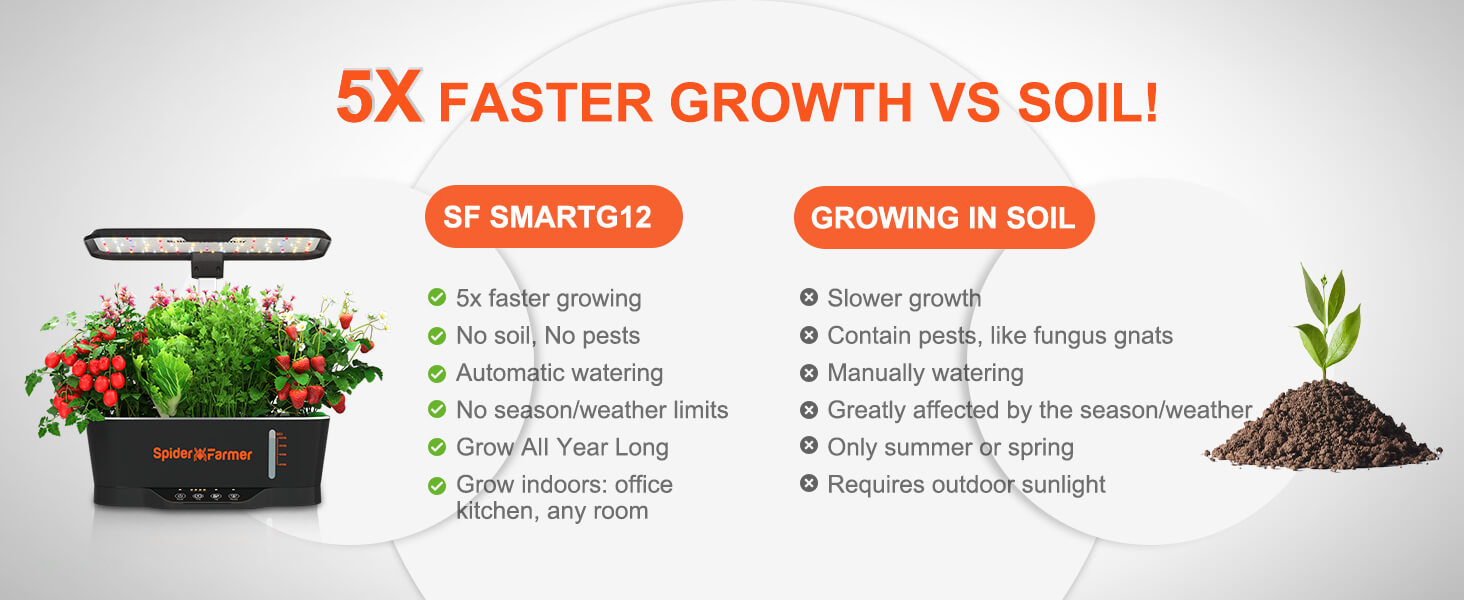
Want to know the flip side? Unfortunately, due to the height limitation, this hydro weed system is not the ideal option for tall cannabis varieties - after all, it has a lighting fixture above! But the good news is that we are developing a more comprehensive DWC hydroponic system and will see you soon.
Here’s how to set up a hydro weed system using Spider Farmer Smart G12:
Step 1: Assemble All Components
1. Setup Bowl, Cover, and Deck:
- Simply place the bowl (which serves as the reservoir) on a stable surface.
- Attach the cover and deck, which are pre-designed to fit together easily without any complicated tools or equipment.
2. Attach the Light Post: Insert the light post into the designated slot. This step is straightforward, with the components designed to snap into place securely.
3. Attach the Grow Lights: Install the LED grow lights onto the light post.
Step 2: Prepare the Hydro System for Planting
1. Plug in the Power Cord: Connect the power cord to the system and plug it into an outlet. This powers both the grow lights and the water pump.
2. Set Up the Water Pump: Position the water pump inside the reservoir. This step is intuitive, with the pump fitting perfectly within the system’s design.
3. Add Water and Nutrient Mixture: Fill the reservoir with 5000 mL of water and add the nutrient solution. The Spider Farmer Smart G12 comes with easy-to-use A+B nutrients, ensuring your plants receive the essential nutrients they need.
Step 3: Planting and Maintenance
1. Add Seed Pods and Grow Domes: Insert the seed pods into the designated slots on the deck. Cover them with the provided grow domes to create a humid environment conducive to weed germination.
2. Set the Lighting and Watering Schedule: Use the intuitive control panel to set the light intensity and timing. The system offers multiple dimming options and cycle modes (4, 8, 12, or 16 hours), allowing you to customize the light exposure based on your plant’s needs.
Step 4: Monitoring and Adjustments
1. Monitor Water Levels and Nutrients: The system includes a viewing window for easy monitoring of water levels. Refill with water and nutrients as needed, with the system providing reminders when it’s time to add more.
2. Adjust Light Height and Intensity: As your plants grow, simply adjust the height of the lights to ensure they receive adequate illumination. Switch between VEG and BLOOM settings as your plants transition from the vegetative stage to flowering.
Step 5: Harvesting Cannabis
1. Harvesting Your Plants: When your cannabis is ready to harvest, the Spider Farmer Smart G12 system’s design allows easy access to the plants, making the harvesting process simple and efficient.
That’s it! That’s how you grow hydroponic weed with Spider Farmer Smart G12 Indoor Hydroponic Grow System. If you prefer a video tutorial, kindly check this one to assemble the hydro system:







